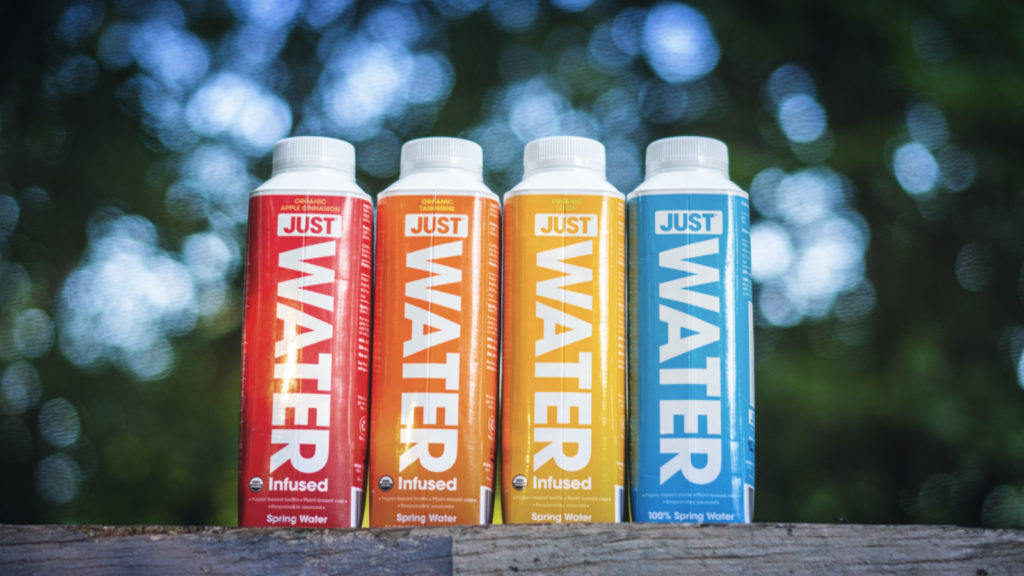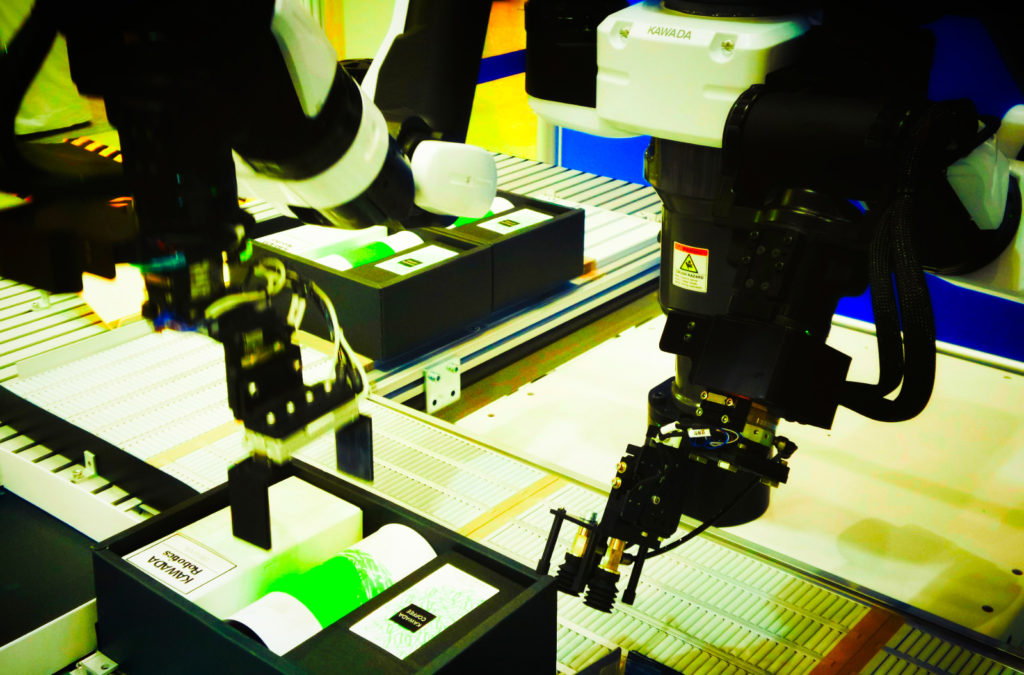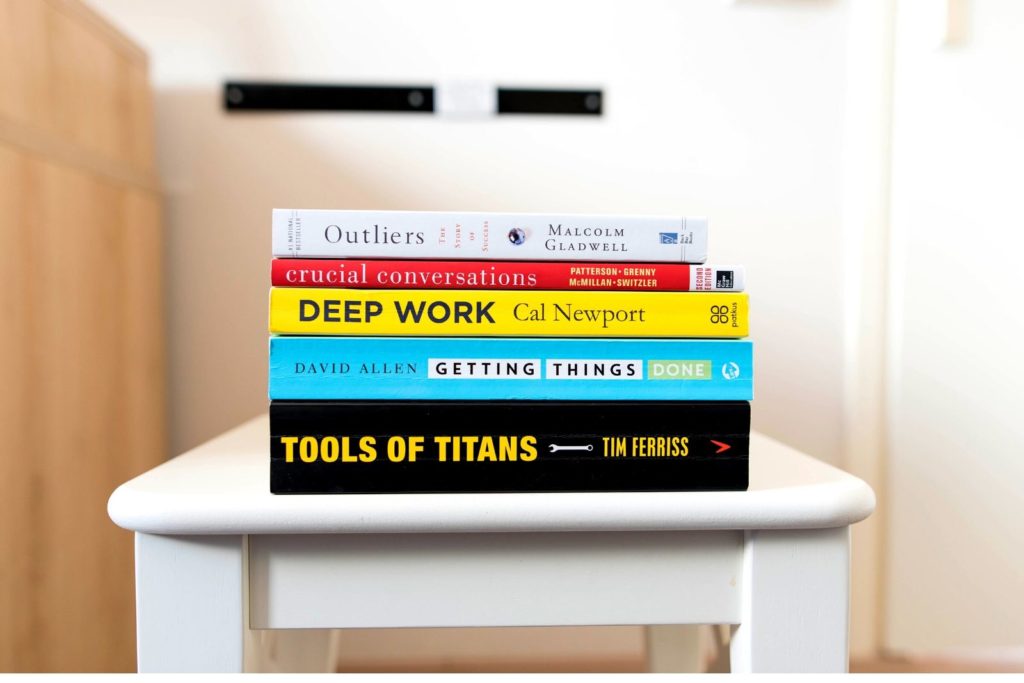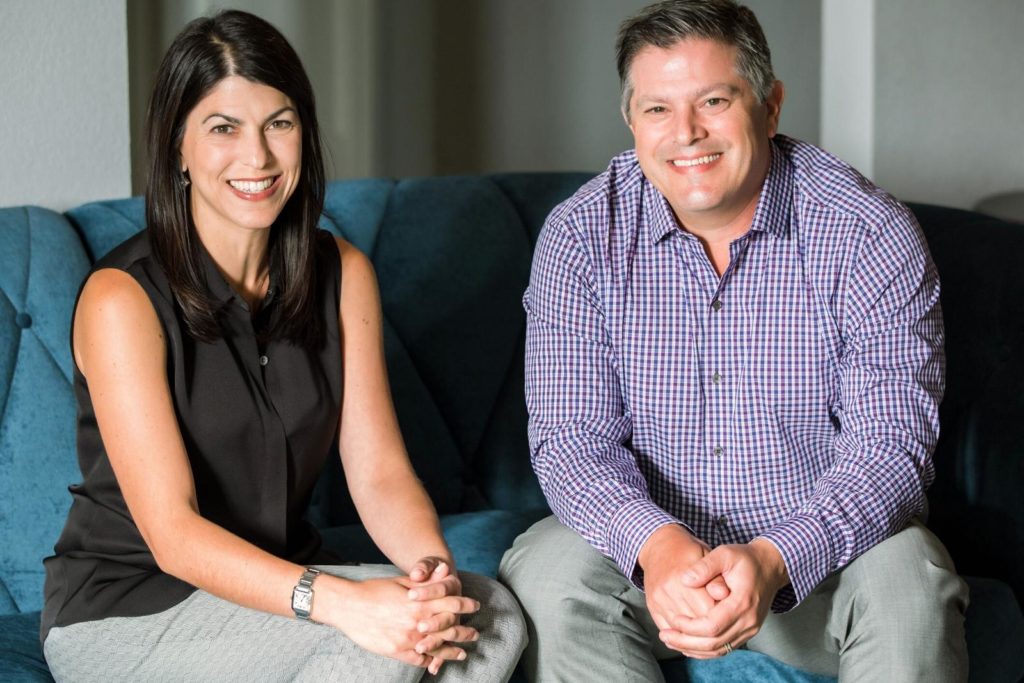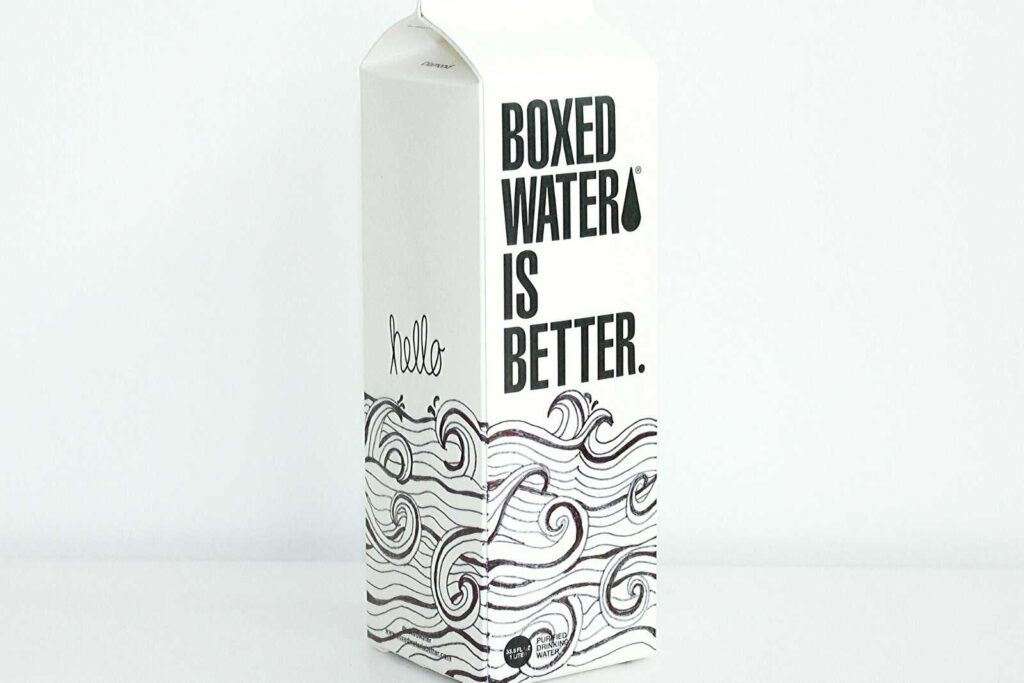The shipping warehouse bustles, workers moving supplies and materials in, sending products and packaging out. Everyone’s rushing to meet tight timelines and keep customers happy. You’re hitting the daily milestones, checking off must-dos on the list. Yet a constant question haunts your thoughts: are operations as efficient as they can be?
It’s not only about cutting costs, not anymore.
It’s about the trash piling mountain high in landfills, the litter clogging up streams, and forests falling to chainsaws and fires. Rising temperatures and oceans too, hurricanes growing stronger.
Sustainable has moved from a high-minded goal for some, to a necessary pursuit for all. Packaging is part of the greater equation. And that means procurement is a vital variable for packaging companies and their clients.
Reduce waste. Increase efficiency. Produce better outcomes. Through optimizing your procurement process, and helping your clients optimize theirs, it’s possible.
It won’t be easy, but great accomplishments rarely are. That’s why we’re going to cover some strategies and concepts that will help you build a sustainable procurement process and create the team buy-in necessary to run an environmentally friendly packaging company.

Leveraging Procurement to Champion Sustainability
Sound, effective procurement will allow you to keep costs low and protect your competitive edge. Done right, procurement can also help you become more sustainable.
Writing in FleetOwner, Matt Clark sums up procurement and competitive advantages nicely:
“The fundamental purpose of all sourcing and procurement activity is to utilize the external market and suppliers in an optimal manner in order to gain a competitive advantage. Every item or service being sourced should contribute, directly or indirectly, towards competitive positioning.”
Elsewhere, Mr. Clark discusses the need for strategic sourcing, which we can define as a “systematic approach to purchasing items needed for your business.” He further outlines four key objectives for sourcing in a strategic manner:
- Reduce overall costs
- Eliminate waste and wasteful processes
- Make your organization and yourself more efficient
- Provide visibility into what is going on
Accomplishing the above can go a long way towards sustainability. Reducing costs may first pop into the mind of many procurement specialists. With sustainability, however, the other three points are just as crucial.
Reducing waste and increasing efficiency improves your environmental footprint while also increasing competitiveness. Yet cutting waste is easier said than done. Writing for North Carolina State University, Rhonda Sherman, a Solid Waste Specialist, suggests:
“The most direct way to cut your disposal costs is with source reduction: that is, by reducing the amount of waste your business produces. You have less to get rid of if you purchase and discard less material. By analyzing your business’ waste stream, you will probably discover that you can eliminate much of the waste your business produces.”
Picking through your own trash to identify where you generate waste may not sound like much fun, yet it’s a great way to discover opportunities to increase efficiency.
Reducing waste helps improve efficiency, but there are other steps you can take as well. “Lean procurement” -championed by manufacturers like Toyota- can help you reduce waste, encourage efficient procurement processes, and support responsive suppliers. What might this look like? In his article “Applying Lean Thinking to Procurement” Paul A. Myerson writes:
“By applying Lean principles to procurement and purchasing processes, businesses experience multiple benefits throughout the supply chain.”
Akin to lean manufacturing, lean procurement is demand driven. In light of this, Mr. Myerson further suggests that:
“The companies in a supply chain work more closely together to sense and shape market demand by sharing information and collaborating with each other. By doing so, they achieve greater and more timely visibility into demand.”
Remembering Matt Clark’s fourth point -improving visibility- both internally and externally, helps with tracking sustainability campaigns and gleaning insights from your efforts. To increase transparency and thus visibility, Sydney Wess suggests:
“Enveloping sustainability into a formalized procurement policy will provide your company with a foundation of sustainable expectations to guide your decision-making surrounding the supply chain. This policy, once rolled out to your staff, will showcase your transparency on the topic, encouraging all members of the team to take more actionable steps toward sustainability in their roles relating to procurement.”
So far, we’ve talked mostly about how you can reform procurement processes to encourage sustainability. As we see above, however, sustainable procurement also means making environmentally friendly decisions.

Instilling a Sustainable Culture Among Your Procurement Team (and Others!)
Your procurement department is people-driven. While artificial intelligence and other technologies enable data-empowered decision making, employees are still making the key choices. And when it comes to procurement, you should never forget the human side.
To encourage sustainable choices, you must establish a strong sustainability culture. As University of Virginia management professor Tom Bateman writes in GreenBiz:
“Your sustainability culture can be strong or weak. A strong one exists if people share a belief in sustainability’s importance and behave in ways that support it — including making decisions that balance long-term considerations with short-term needs.”
Many packaging leaders take sustainability seriously. However, efforts may fall short if other employees fail to buy in. Phillip Barlag warns in “3 Hidden Killers Of Sustainability Programs”:
“Sustainability as a corporate program often finds itself isolated and not true to the core of the business. When this happens, people outside the sustainability group don’t really know what these initiatives are, why they exist, and most importantly–why they should care.”
When it comes to procurement, this could prove especially troublesome since managers and ground staff are often making key choices, not the C-Suite. Your procurement team (among others) needs to embrace the sustainability process.
So how do you build a company culture that encourages everyone to go green? Paul Polman & CB Bhattacharya argue that:
“The key to creating a vibrant and sustainable company is to find ways to get all employees—from top executives to assembly line workers—personally engaged in day-to-day corporate sustainability efforts.”
Mr. Barlag echoes these sentiments:
“Have conversations inside your company and involve as many people as you can. The more input you get, the more likely you are to get buy-in.”
Your company doesn’t have to go it alone either. Discuss sustainability with your suppliers. But also talk sustainability with your competitors! Writing in Fast Company, Phillip Barlag suggests:
“Companies can and should compete in the markets, but as it pertains to sustainability, demonstrating to your people that even your competitors have something useful to say on sustainability will set the tone for a culture of honesty and openness.” Of course, not every competitor will share their secrets. You can encourage openness by sharing sustainability insights yourself first. Sustainability requires leadership, and throughout your procurement process and in the larger market, you can lead by example.
What does sustainable procurement have to do with executive recruiting? EVERYTHING! Leaders who champion sustainability can turn procurement into a strength and ensure buy-in at every level.
Chase & Associates
We Have Your Back






